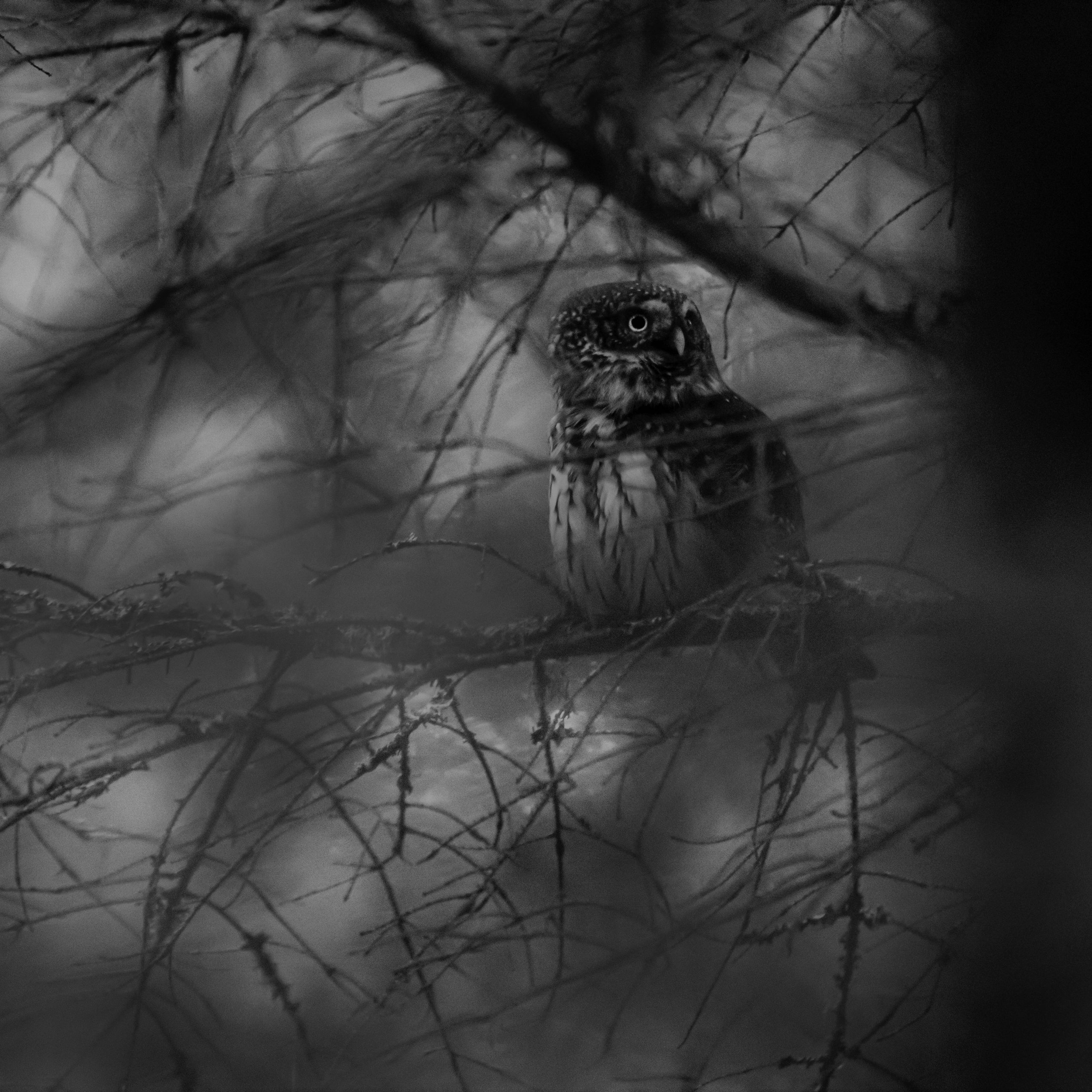We’ve learned something about privacy lately, namely that it doesn’t exactly exist. The case against the man accused of murdering four students in Idaho shows that cellphone tracking and ubiquitous surveillance cameras make it possible for law enforcement to learn a great deal about a person of interest. Spy satellites enable intelligence agencies to focus in on you as you park at the drive-up window and see how many Egg McMuffins you ordered and whether you take your coffee light or black. And a defamation lawsuit against Fox has subpoenaed internal memos showing that the network’s top stars managed to forget what is fact and what is not and why they should care.
There’s no getting around the fact that we’re more visible than we can imagine and if you care to be paranoid, you now have a reason to be, though in fact the spyware is gathering so much data, gazillions of gigabytes, more than anybody can analyze, and so there is safety in confusion.
Our ancestors came to this great vast country expecting to find freedom, including the freedom to pee in your own back forty without the Department of Urination ticketing you and when the neighbors got too close they headed west and crossed the Missouri and looked for wide-open spaces where you could see for a mile and not see anybody and so know that others aren’t watching you.
To be observed, or feel observed, is to be inhibited. And as I write this, I realize I’m sitting in my living room in my underwear and the shades aren’t pulled and if you’ll excuse me, I think I’ll go put on a pair of pants.
Okay. Good. Thanks for your patience.
Anyway, I live in Manhattan where privacy derives from anonymity. Living in St. Paul I felt watched, passersby wondering why someone from the town of Anoka is wearing such a nice suit, people who know people who used to know me and who say I need to be taken down a notch, but in New York I’m just one more old white guy and unless I collapse on the sidewalk, they leave me alone. There are a million of us OWGs here and we are easily overlooked, thank goodness.
Frankly, the number of men and women who could walk down a New York Street and be instantly recognized is rather low and getting lower. Frank and Elvis are gone and so is Marilyn. Pop culture has become so diverse, subdivided, stratified, overpopulated, that famous people are famous to only a few. They may have millions of followers on TikTok but nobody is following them down Columbus Avenue.
At the moment, the biggest star in New York is Flaco, the owl who escaped from Central Park Zoo when a vandal cut open his cage, a big six-pound owl with pointy ears and a six-foot wingspread whom the cops saw walking down a sidewalk and tried to capture but he got away and now he’s living in Central Park, feeding on rodents and squirrels and birds, and authorities have decided to let him be.
My wife spotted him Saturday perched high in an American elm in the park, very well camouflaged — she spotted him only because a crowd of fifty or so stood around the tree, many of them with big-lens cameras on tripods, as many cameras as you’d see at a presidential press conference. Flaco’s breed of owl has a life expectancy of 50 years and he is only 13 and Central Park is his hometown so he may well be around here long after us OWGs. He is a true celebrity. He grew up in the zoo so he is accustomed to people staring at him and now, thanks to the intervention of a vandal, he achieved freedom. Flying was a problem and evidently he spent some time as a pedestrian but he managed to get up into a tree where he can now gaze down on his fan club. He has become our own adolescent child. Does he feel the urge to leave home and does he have the strength to head for the Catskills? Or will he stay in his enclave of woods surrounded by apartment towers? He is a Eurasian eagle-owl, unlikely to find a suitable mate in Manhattan, and what if he should take up an illicit romance with a swan? We wait. We watch. We worry he may eat poisoned rats. A city is in wonderment. We don’t know or care who is mayor but we care about Flaco.
Originally published by garrisonkeillor.com and reprinted here with permission.








